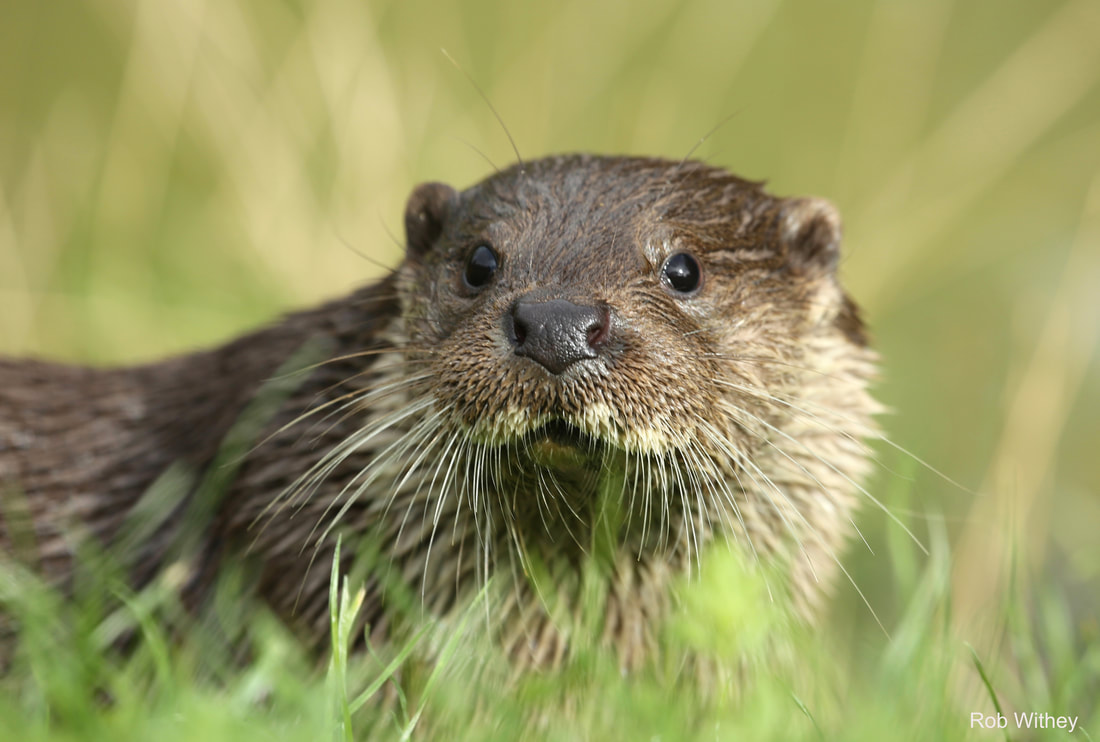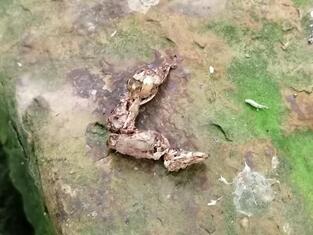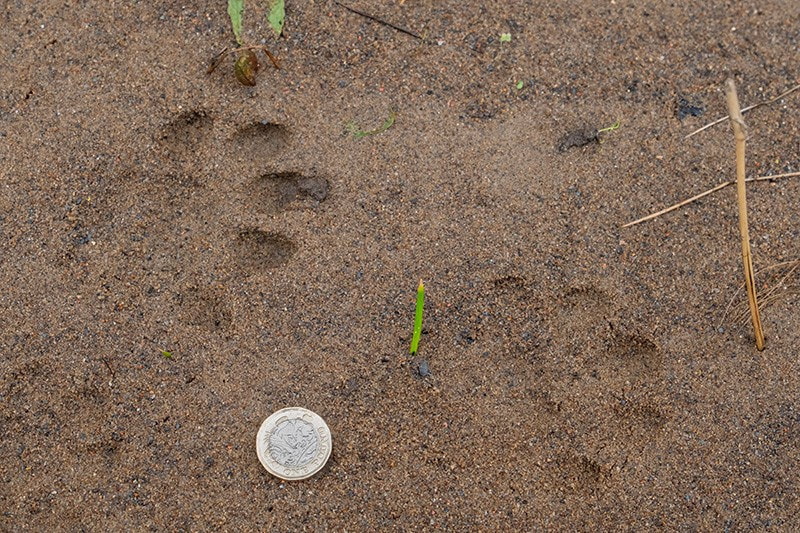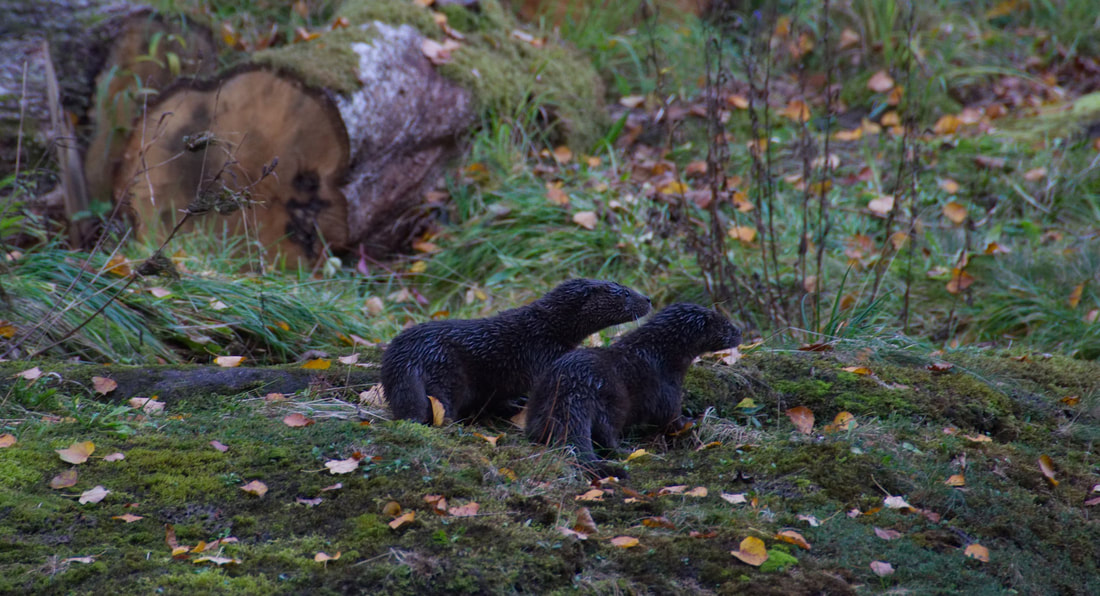|
Everybody loves otters, except perhaps for anglers and pond owners! We have otters visiting the River Worth, here's a little information about otters in general and in more specifically about their life on the Worth. Back from extinction. In the 1970’s the otter was close to extinction in England, only being found on 6% of surveyed sites. The steady decline earlier in the 20th century was largely due to water pollution with agricultural pesticides, other factors were illegal hunting and habitat loss. Following new regulations to control damaging pesticides, such as dieldrin and aldrin, instituted in the late 1970s, and the passing of the Wildlife and Countryside Act of 1981 which lead to habitat restoration, otter numbers have steady increased. This has been partly by natural territory spread but also due to managed re-introduction in areas such as east Anglia where they were previously completely absent. The increase has been remarkable, in 2018 otters were found at 96% of surveyed sites in England. Otters on the Worth. River Worth Friends are pleased to say that the Worth is no exception, otters or signs of their presence have been seen at a number of locations on the river. Otter range over a wide territory, a female may cover 20-30 km or river, a male territory may include a number of female territories. So we suspect that the otters on the Worth are not actually resident but visitors from the Aire, we are hoping that an upcoming survey will be able to get more detail on this. Is it an otter or a mink? It is easy to mistake a mink for an otter and vice verse. Here are a few features to distinguish them:
There are brief videos of a an otter and a mink on the Worth later in the blog. They show the different confirmation of the mink to the otter. Otter spotting. English otters are elusive creatures! They are mainly crepuscular, emerging at dawn and dusk, so they are usually out in the dark. The best way to find out if otters are present is to look for their spraints, posh name for droppings, or for their prints. You could also try filming with a trail camera. Otter spraint usually has a sweet, fishy, some even say jasmine tea-like scent, while mink scats smell like shit, or some say burnt rubber . RWF members have spotted otter spraints by the river at Pitt St. and under the bridge at Dalton Lane, both close to the centre of Keighley, we didn’t need to sniff them.
Trail camera. If you really want to get into otter spotting you could set up a trail camera along the riverside. You obviously need to find a secluded location and camouflage the camera well, we understand there might be some dishonest people in Keighley who may steal it. Try to find somewhere with a gentle sloping bank, possibly under a bridge. We have filmed an otter in the river near Pitt Street. Clearly Pitt Street is a favourite otter hangout. Help River Worth Friends. If you have any luck otter spotting we would love to hear from you. Any information will help us build up a picture of otters on the Worth. Report any signs or sightings via our contact page, Brief shot of otter filmed on trail camera at Pitt Street. Brief video of mink filmed on the same day and location as the otter Otter facts. The otter family: Otters are part of the mustelid family, so related to weasels, stoats, mink and badgers Size: A full grown male otter can be up to 95cm plus a tail of about 40cm females are shorter. They weight between 7 to 17kg (15 to 37 lb). Lifespan: Up to ten years though many die well before that. Nowadays the main cause of death is road accidents. Diet: Mainly fish such as trout, grayling, eels and carp (on the Worth it would be trout and grayling) but also amphibians, crustaceans (lots of crayfish on the Worth), and waterbirds like moorhens and ducks. They also hunt on land, occasionally consuming small mammals, birds, and insects. Offspring: Young otters, known as pups or cubs, are born from May to August, they are blind, weighing about 100g (3.5oz). Female otters can delay implant of the embryo meaning they can mate at any time but delay implantation to give birth when conditions are right.
0 Comments
Leave a Reply. |
Archives
October 2025
Categories |





 RSS Feed
RSS Feed